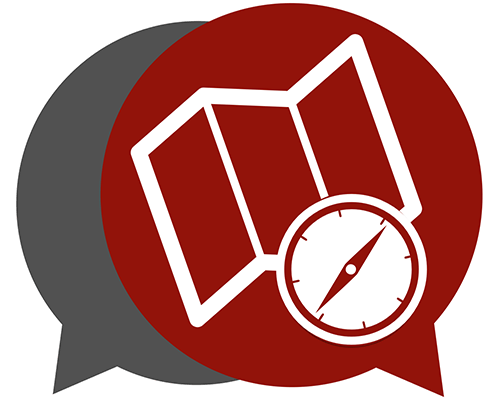
This section and the section on Types of Sources work together. That’s because knowing the kinds of information in each category of sources will help you choose the right kind of information to meet each of your information needs. And some of those needs are very particular.
Information needs are why you need sources. Meeting those needs is what you’re going to do with sources as you complete your research project.
Here are those needs:
- To learn more background information.
- To answer your research question(s).
- To convince your audience that your answer is correct or, at least, the most reasonable answer.
- To describe the situation surrounding your research question for your audience and explain why it’s important.
- To report what others have said about your question, including any different answers to your research question.
Tip:
For another way to think about the work your sources do, see Roles of Research Sources.
The verbs in the list of information needs above tell you exactly how you’ll use sources to carry out your research and create your final product: to learn, answer, convince, describe, and report. But you won’t be doing any of that alone.
Your sources will give you information with which to reason. They’ll also give you direct quotes and information to summarize and paraphrase as you create your final product. In other words, your sources will support you every step of the way during your research project.
Needs and Final Products
Background information may seldom appear directly in any final product. But meeting each of the other information needs will result in written sections of a term paper. For final products other than term papers, you’ll have the same needs and will use sources to meet them. But not all needs will result in a section of your final product.
Posters & Information Needs
On a poster about your own original research, you aren’t likely to have room to describe the situation surrounding your research question and why the question is important. That same lack of space may mean you do not report what others have said about your question. But that doesn’t mean you didn’t meet those needs and others as you carried out your research—unlike a term paper or journal article, the poster format in which you reported it just had more limited space.
For instance, in order to justify doing the research to yourself and your professor, you probably started by meeting the information need to describe the situation and why it is important. Your instructor may have you turn in that justification. And in order to do research based on what has already been found out, you will have studied what others have already reported. You also had to do that in order to make your answer to your research question more believable. But that doesn’t mean you had room on your poster to say you met those needs.

